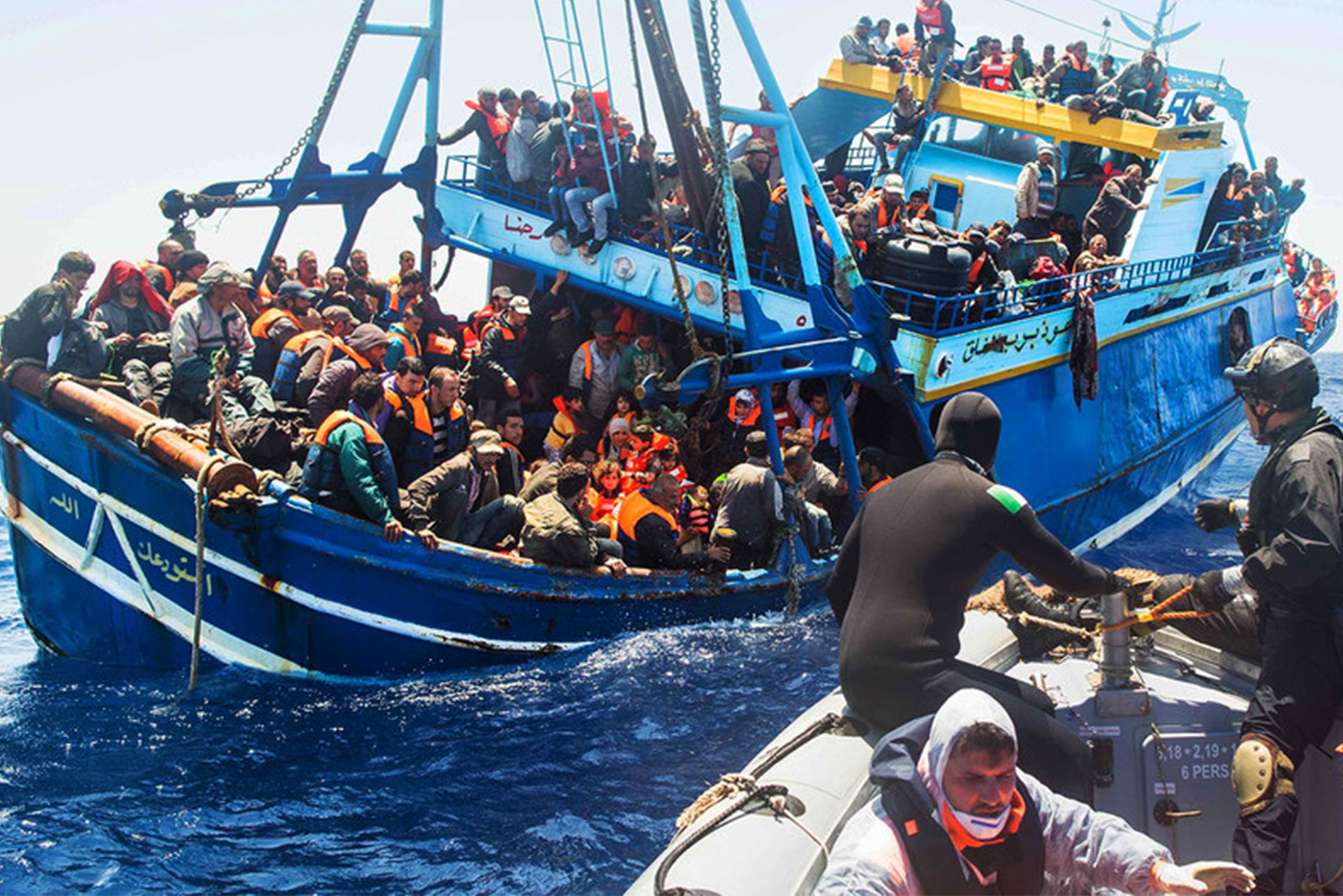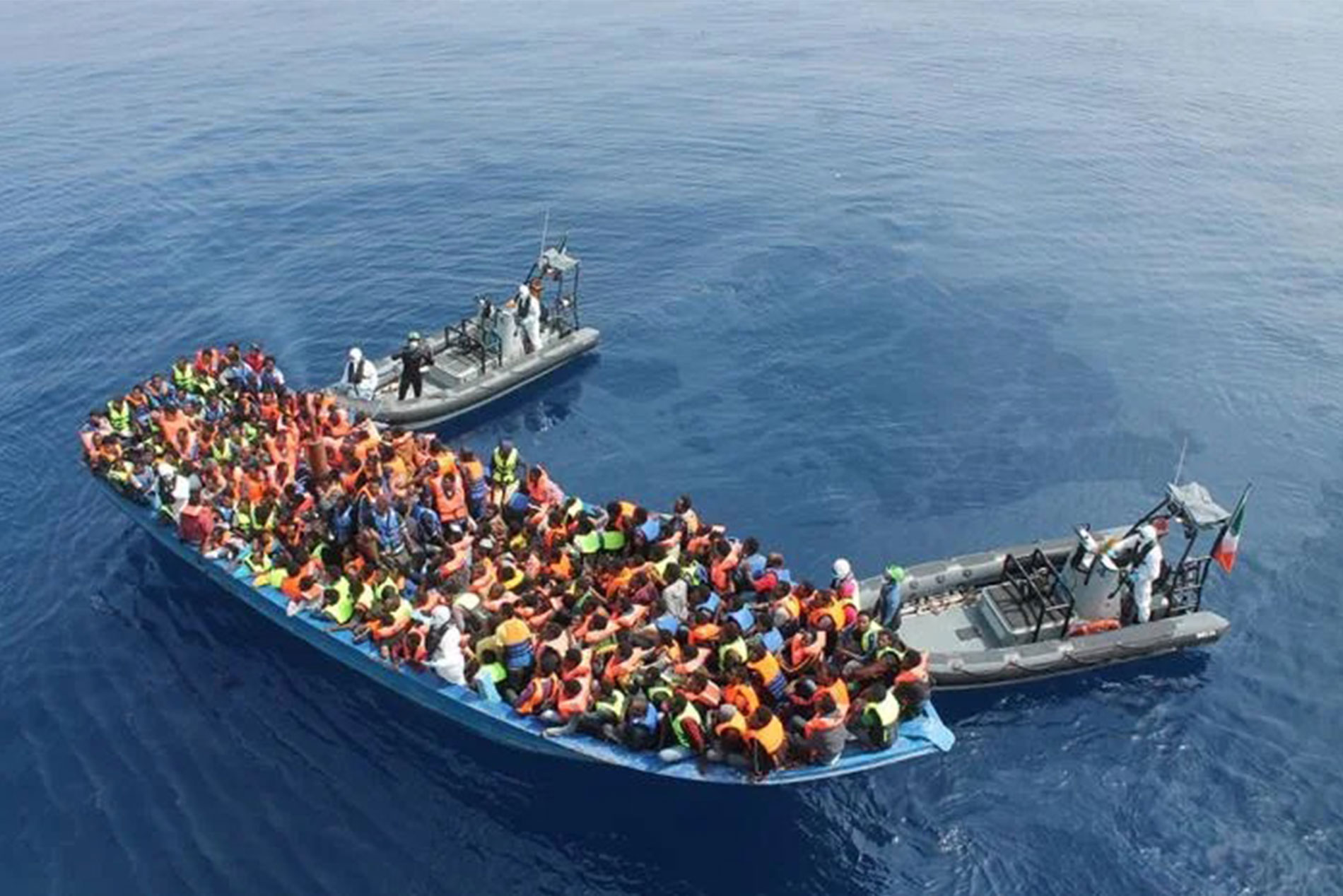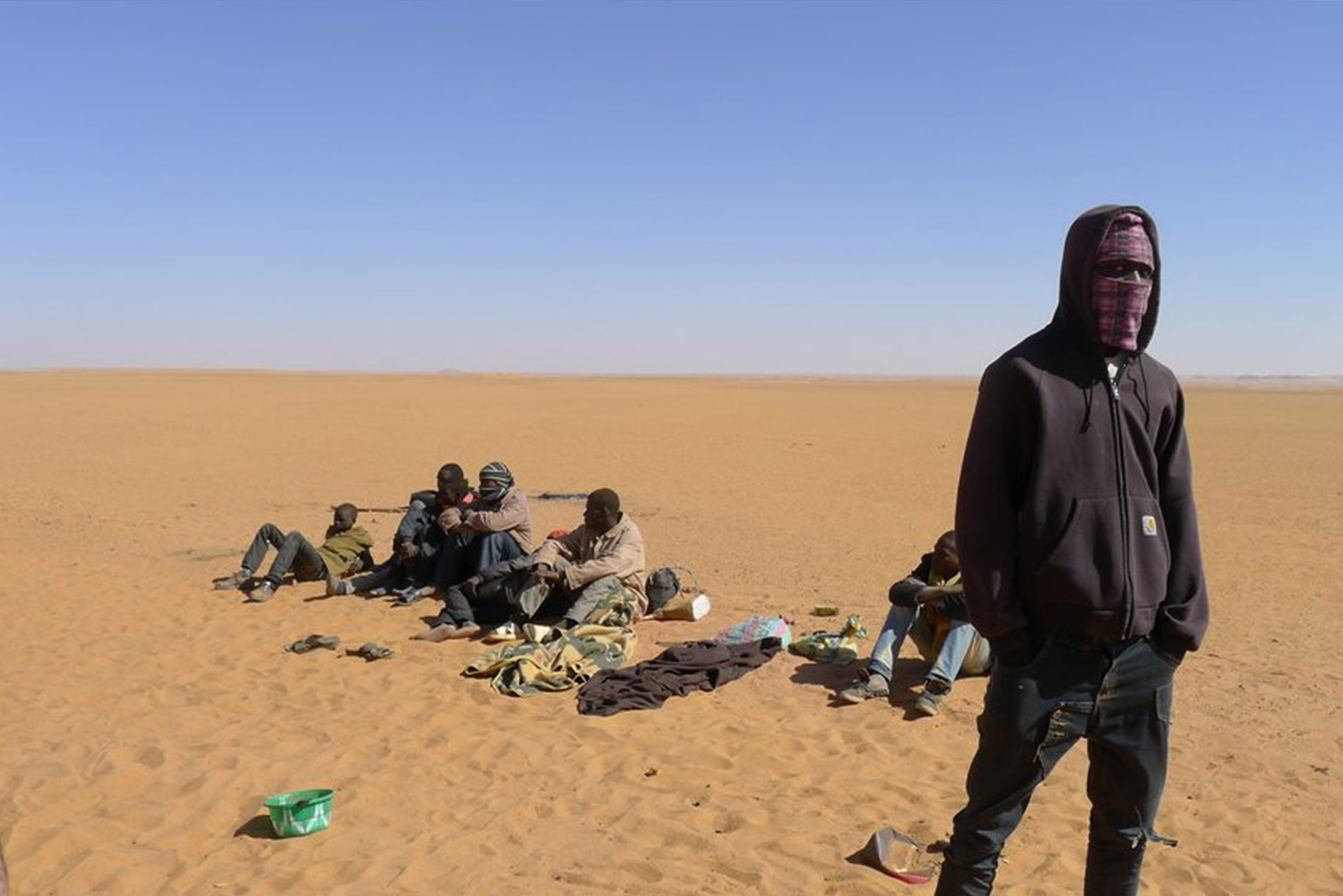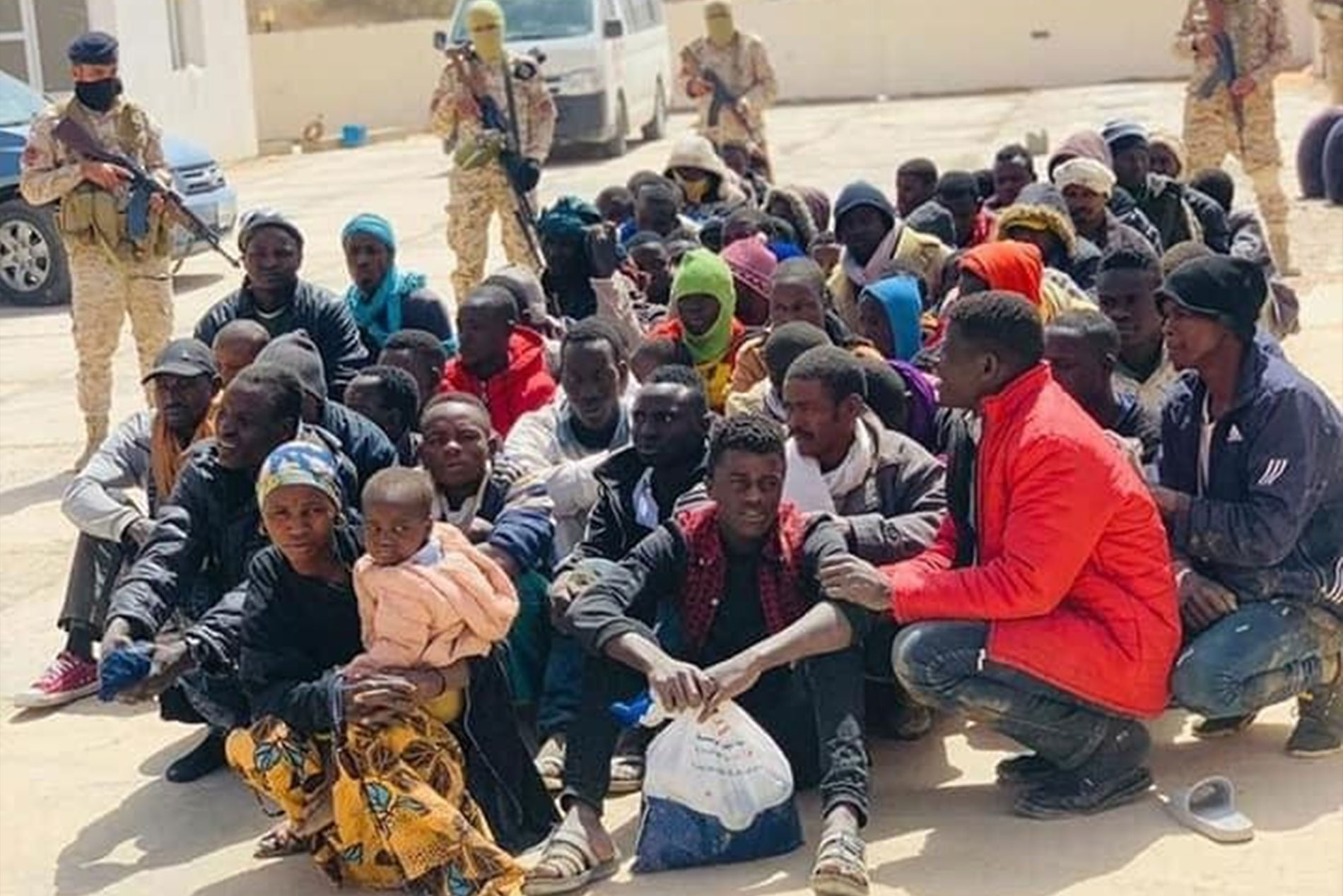Migration from The Gambia and Sub-Saharan Africa: The 5 main risks of the backway
Many Gambian and Sub-Saharan African migrants have died trying to cross the Sahara Desert and the Mediterranean Sea to reach Europe. There are five major risks one should be aware of before taking the backway from The Gambia to Europe.

Dangerous places: Libya, the desert, and the sea
LibyaMigrant travel through many different countries before they reach Europe, all of which have their own risks. In Libya, many migrants are arrested and detained in detention centres run by militias, with high levels of violence. For more information about the risks in transit countries, read From Gambia to Libya and Europe: the risks on the backway.

Hundreds of migrants die in the Sahara Desert each year. The extreme heat and arid conditions of the Sahara Desert have killed hundreds of migrants trying to reach Libya and European countries, some of whom are abandoned there by unscrupulous smugglers.
The Mediterranean SeaSmugglers lie about the safety of the route and modes of transport, particularly boats. From 2014 to mid-2018, 16,850 migrants have died trying to cross the Mediterranean Sea. Many migrants die crossing the Mediterranean Sea. Two Gambian migrants reported having nearly drowned in the Sea. They were many kilometers away from the coast and the sea was threatening.

The second main risk is exploitation by people smugglers. Smugglers are criminals who pretend that both the journey and settling in Europe are easy in order to get money, regardless of what may actually happen to migrants.
Knowing smugglers personally does not mean they will be reliable: even if smugglers know the migrant’s family and friends they can still exploit them and put them in dangerous situations. Often, smugglers pass or sell Gambians to other smugglers enroute.
Smugglers may demand ransoms from family members when migrants run out of money and can no longer pay, they can be very violent and even kill migrants. Smugglers have shot migrants on the beach in Libya when they refused to get on the boat or, for example, a young Gambian that did not want to give them his baseball cap.

There are many stories of migrants being kidnapped when crossing through countries such as Mali, Mauritania, Niger and Libya. Kidnappers often torture migrants and call their families so they can hear what is happening and demand money for the safe release of the migrant.
A teacher from Brikama in The Gambia had to sell his land because his brother, who had taken the backway, was kidnapped in Mali. The kidnappers said they would kill his brother if he did not pay the ransom.
Migrants are also robbed by bandits as they travel through the desert and often lose the few belongings they have. Instead of supporting their family, migrants place a financial burden on their families.
Lamin, a 20-year-old Gambian, and his brother were kidnapped and robbed on the border of Burkina Faso and Niger. Their parents sent ransom money, but it wasn’t enough for both of them so the kidnappers kept Lamin’s brother. His family is now in debt and in a worse position than before the brothers left on the backway.

“In January 2017, 39% of Gambians who arrived in Italy were unaccompanied minors.” The United Nations Migration Agency estimates.
Sometimes Gambian children and teenagers steal money and sneak away without telling their family. The younger the migrant the less likely they are aware of all the risks and the complex political, security and economic situations of the countries they are entering.
3 in 4 children and young adults face exploitation while trying to migrate from Sub-Saharan Africa to Europe through the Mediterranean Sea. It is important to talk to young people about the risks faced on the backway.
The irregular migration journey is particularly risky for children. There have been many reports of children going missing. Unaccompanied minors may be forced to work to pay back smugglers for the costs of their journey, and are then at risk of sexual and labour exploitation.
Unaccompanied minors (migrants under the age of 18 without a parent) are no more likely to get a residence permit than an adult. Each immigration case and asylum application in Europe is considered individually.

Many women experience physical and psychological abuse, torture, rape and enslavement. Perpetrators include criminal gangs, smugglers, traffickers, border guards, police and fellow migrants.
A migrant reported that when they arrived in Qatrun, a village in southern Libya, lots of women were forced to turn to prostitution. If the women refused, guards would lock them up in a room for days without food or water. If the guards didn’t think that the women were productive enough, they would sell them on.
Even in Europe, detention facilities and other accommodation centres do not always meet the protection needs of women and girls, and they face multiple levels of harassment. Many Gambian women were told they would get a job as a nanny or in a hair salon, but when they arrived in their destination country they were forced into prostitution.
Conclusion
Life in transit, especially in Libya, is very dangerous. Being a child or a woman does not protect one from abuse, violence and other crimes, but makes the irregular journey to Europe even riskier.
Irregular Gambian migrants have reportedly experienced:
- Being trapped in prisons and detention centres with limited food, water and electricity
- Regularly seeing other Gambians and migrants being beaten and even murdered
- Being enslaved and forced to work for nothing
- Rape and violence
- Kidnapping by bandits who call captive’s families demanding money for their release.
Since the summer of 2017, despite having spent a lot of money on travelling, many Gambians in Libya have decided to return to home, because life there is very dangerous. The Gambian government is tackling irregular migration with new programmes creating opportunities for jobseekers. Learn more about Irregular migration: alternatives for Gambians.
Source: The Migrant Project.